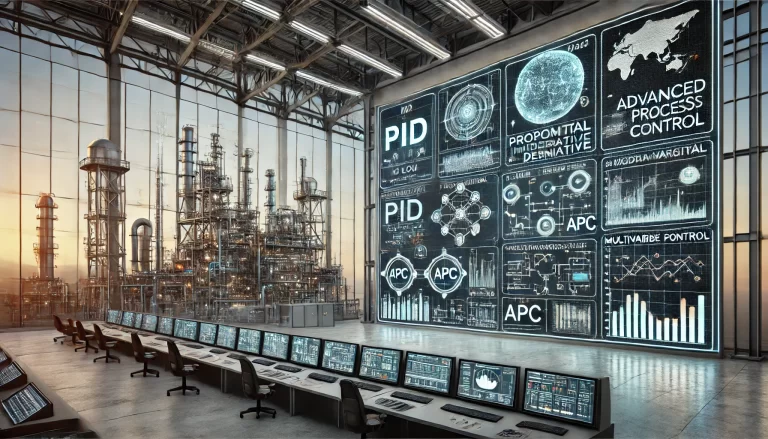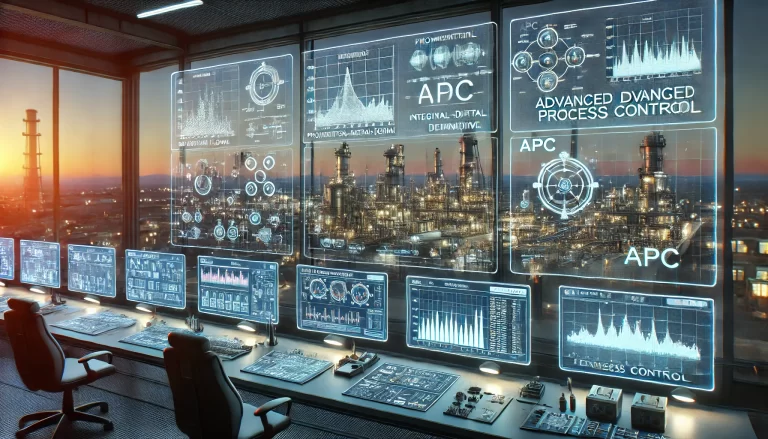Introduction
Proportional-Integral-Derivative (PID) control has been a cornerstone of industrial automation since its invention. Despite its long history, modern industry has transformed significantly, requiring control algorithms to adapt and optimize performance under new conditions. In this article, we will explore the historical development of PID control, the challenges it faces in contemporary applications, and the methods being used to keep it relevant and effective.
The Origins of PID Control
In the 1930s, implementing each control loop required substantial investment. Industrial plants typically had very few control loops, and maximizing return on investment was paramount. As a result, early PID tuning methods prioritized disturbance rejection. One widely adopted criterion was the quarter-amplitude decay method, where the system response to a step change in setpoint would oscillate with diminishing amplitude until it stabilized.
However, challenges emerged when applying these methods to processes with large time delays. In 1942, John Ziegler and Nathaniel Nichols developed their famous Ziegler-Nichols (ZN) tuning rules, but these rules were not suitable for large-delay systems due to the limitations of their experimental setup.

Modern Industrial Challenges for PID Control
Modern industrial processes differ significantly from those of the early 20th century. Today, plants often integrate multiple interdependent energy and material flows to maximize efficiency and sustainability. The cost of control systems has decreased dramatically, allowing for many interconnected control loops in a single process. These changes have introduced new challenges for PID control:
Coupled Control Loops: Disturbances in one control loop can propagate to other loops, causing system-wide oscillations if tuning is not optimized.
Energy and Material Integration: Processes now emphasize reducing energy consumption and waste, which requires more precise and adaptive control.
These factors demand new approaches to PID parameter tuning that emphasize stability and smooth responses rather than oscillatory behavior
Evolving Tuning Methods
To address these challenges, engineers have developed modern tuning methods that prioritize non-oscillatory responses. One such method is the Lambda tuning approach, which aims for smooth setpoint changes with minimal overshoot. This method has gained widespread acceptance in industry due to its compatibility with modern process requirements.
Systematic Tuning Strategies
Given the complex interactions between control loops in modern plants, tuning must follow a systematic approach to ensure overall stability. Key principles include:
Prioritizing Precondition Control Loops: Control loops that serve as prerequisites for other loops should be tuned first. For example, in cascade control systems, the secondary (inner) loop must be tuned before the primary (outer) loop.
Eliminating Disturbances: External disturbances should be minimized or controlled early in the tuning process.
Respecting Control Hierarchies: High-priority control loops, such as those governing critical safety or production parameters, should be tuned ahead of less critical loops.
Example: Valve Position and Flow Control
In flow control systems that use two valves (one large and one small), the small valve’s flow control loop must be tuned first. Once this loop is stable and set to automatic mode, the valve position control loop can then be tuned to optimize overall performance.

From Single-Variable to Multi-Variable Control
Modern control problems often involve multiple variables interacting with each other. While PID is inherently a single-variable control algorithm, it can still play a role in multi-variable control strategies through careful design and coordination. Engineers must:
Understand Process Interactions: Identify how variables influence each other and design control strategies that account for these interactions.
Leverage Advanced Control When Necessary: Although advanced control techniques, such as model predictive control (MPC), offer powerful solutions for multi-variable problems, they require a deep understanding of both process dynamics and control theory. Without this understanding, advanced control implementations may yield suboptimal results.

Conclusion
PID control remains a vital tool in industrial automation, but its application must evolve to keep pace with modern industry. By adopting new tuning methods, embracing a systems perspective, and designing control strategies that account for complex process interactions, engineers can continue to harness the power of PID control to achieve stable and efficient operations.
